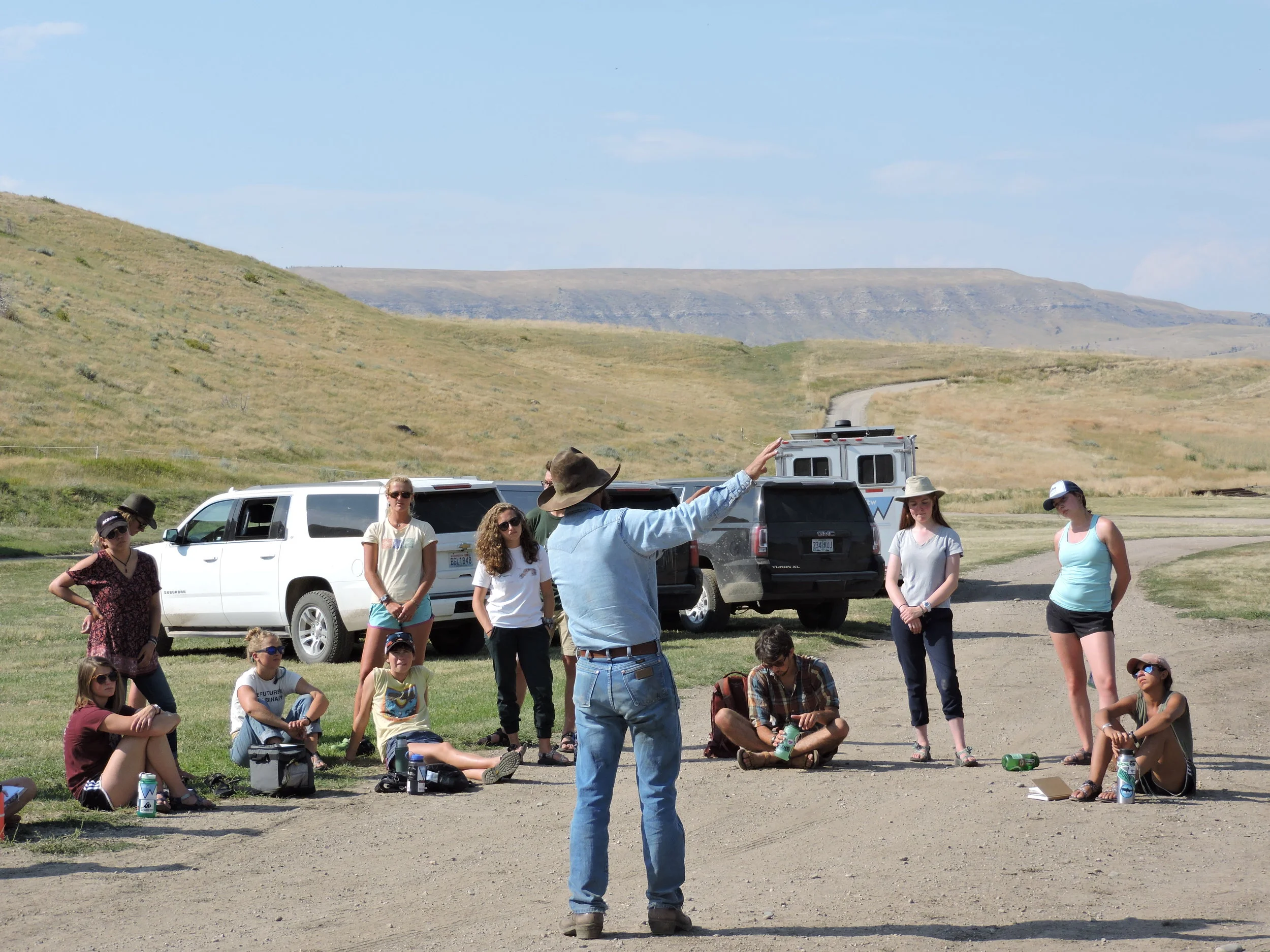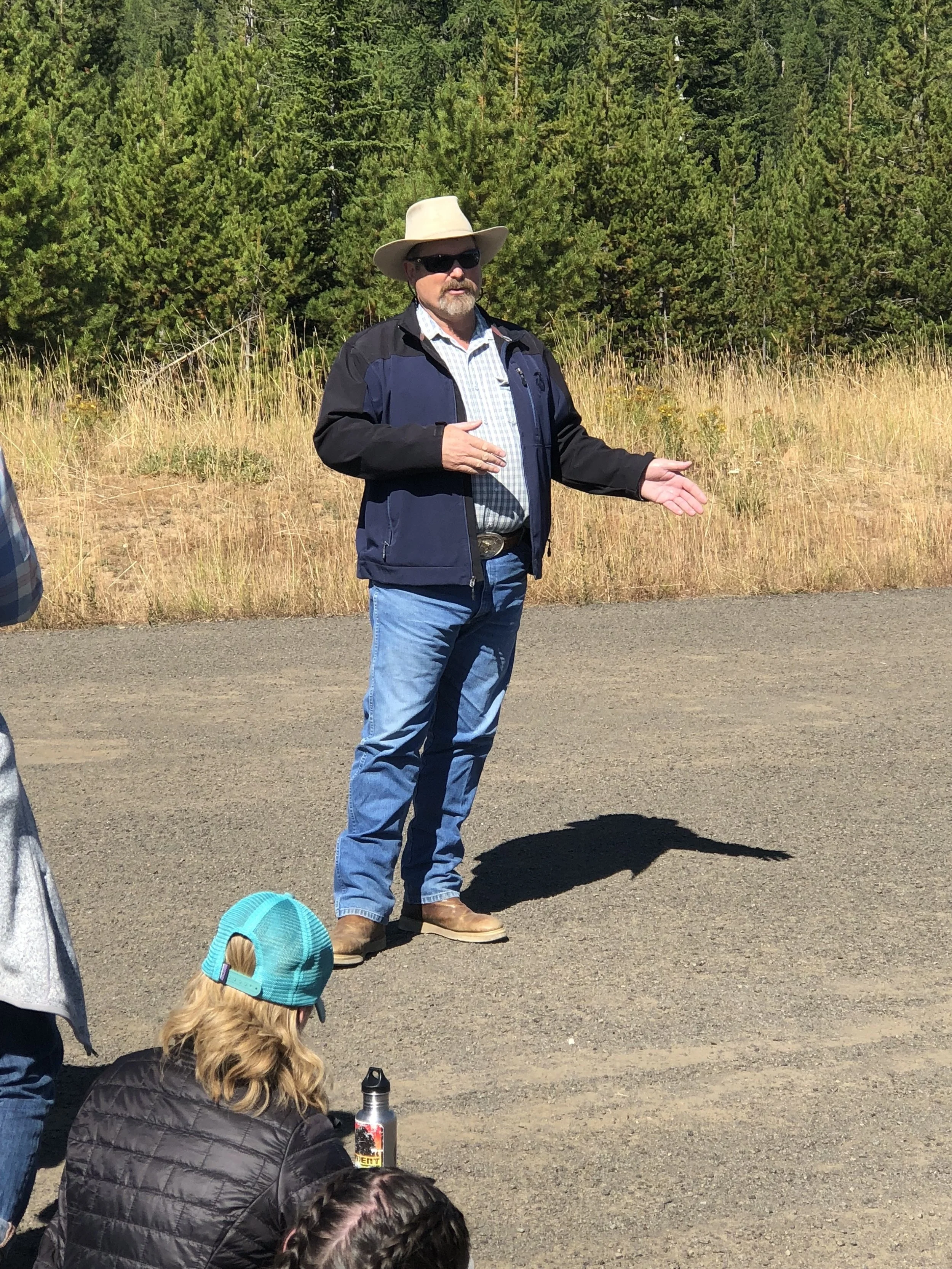Todd Traucht
Bison Manager, Flying D Ranch
Gallatin Gateway, MT
9/6/2018
At first, Todd Traucht didn’t speak more than needed. He hid behind a beard and a cowboy hat and communicated as much in shrugs as in words. But as our time with him wore on, a gently self-effacing smile began to show, and he spoke about Ted Turner’s Flying D Ranch with increasing length and enthusiasm. Todd has been at the Flying D for 37 years, working his way up from mowing the lawn to managing the 5500 American Bison which generate the bulk of the ranch’s income.
The Flying D occupies the liminal between public wildlife preserve and private ranch; at 113,000 acres, its separate pastures are larger than most ranches. There, the bison roam and browse on grass until, in the last days of their lives, Todd and his staff corral them into a feedlot and finish the grass-fed meat on corn. To ranch is to live alongside death, especially on the Flying D. This tension has given Todd a darkly pragmatic humor. He rocked back on the heels of his boots, gesturing at his collie Agate, and told us of the time she leapt from the pickup to chase a wolf. “I thought, well, she was a good dog,” he said, but not even the beard could hide his smile of relief that Agate, who returned from her chase alive and unharmed, still curled at his feet.
By Noah Dunn






